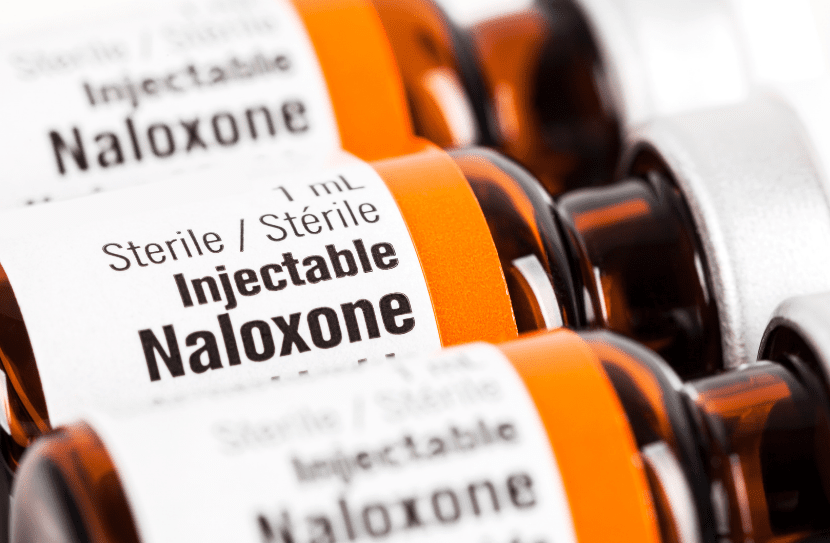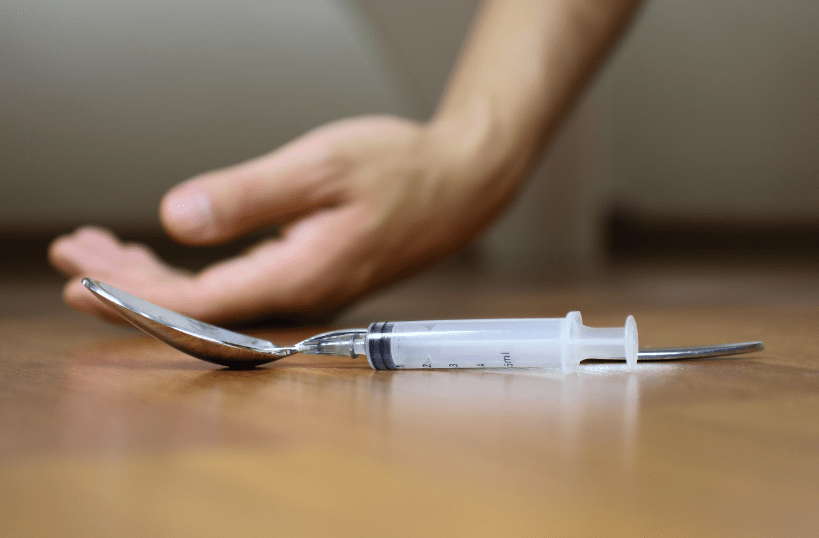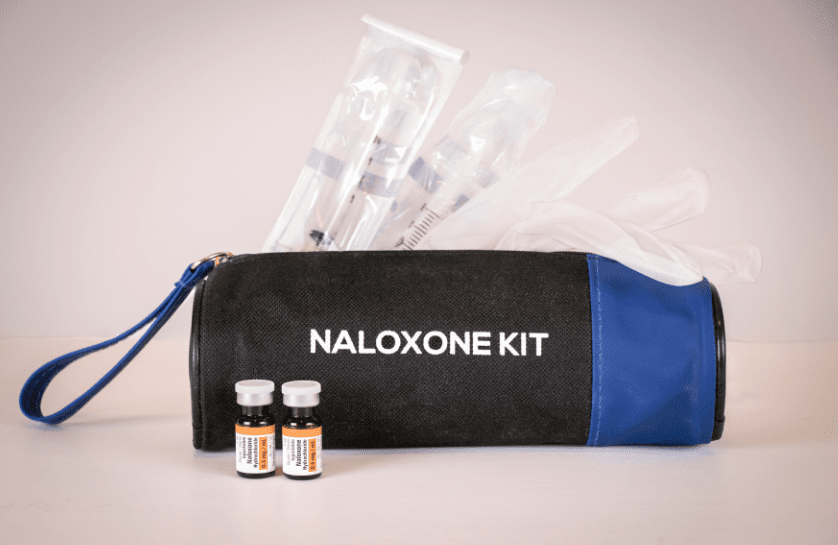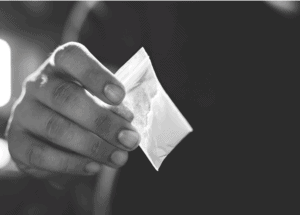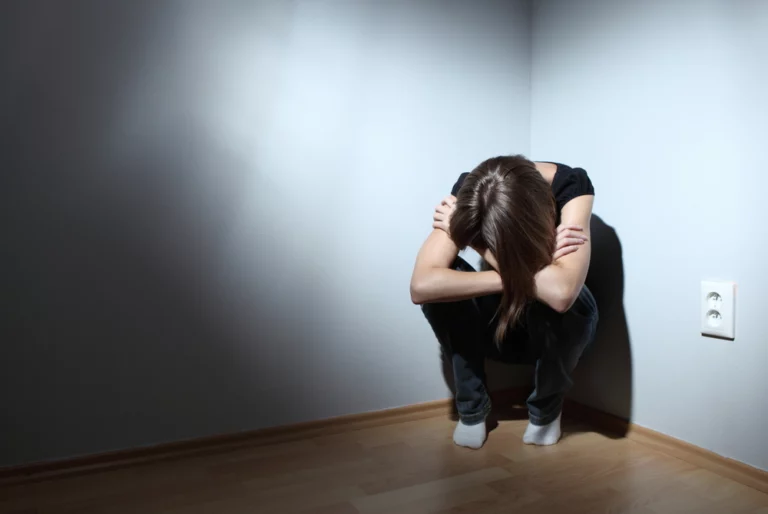What is Narcan and Can I Buy it?
Tragically, the opioid epidemic is now common knowledge in American households. Everyone knows someone who has faced tragedy as a result of heroin, prescription opiates, fentanyl, and related substances. If you or someone you love is experimenting with opiates or has an opioid addiction, having naloxone (sold under the brand name Narcan) on your person and in your home is highly recommended.
What is Narcan?
When administered, Narcan (naloxone) is an opioid overdose antidote. Narcan wipes an overdosed person’s body of opiates. It’s important to know that it’s still possible for someone to overdose again once Narcan has been administered. There are multiple reasons for this. One is that a single dose of Narcan may not be enough to completely rid the body of opiates. A second reason is that wiping a body of opiates puts an individual into a mode of extreme craving. They will have an intense desire to seek and abuse opiates. This means that further medication attention is needed and a person should be closely monitored.
When Narcan is administered, an overdosed person has gone from 100 to 0 as far as the amount of opiates in their body. As a result, they are more likely to seek and take a dose of opiates that is too strong for their body’s current tolerance level and this can lead to another overdose or other extreme negative consequences.
Where Can You Buy Narcan?
Narcan (naloxone) is available at local pharmacies without a prescription in all states, including Washington DC, and Puerto Rico. Narcan (nasal spray form) can currently be ordered and delivered in the following states: AR, AZ, CO, DC, FL, GA, ID, IL, IN, MA, MD, MI, MN, MO, MS, MT, NC, ND, NE, NV, NY, OR, PA, RI, SD, TN, TX, UT, VT, WA.
Please contact your health insurance provider to find out your coverage and co-pay requirements for Narcan (naloxone).
Currently, many states are making efforts to allow for over-the-counter (OTC) purchases of Narcan (naloxone). Some locations are considering strategic interventions such as placing naloxone vending machines in areas where opioid overdoses are especially common.
Speak with a local pharmacist or doctor about how to obtain Narcan (naloxone). They may be able to provide you with information about how to obtain free doses of naloxone or ways to receive discounts or rebates on naloxone purchases.
How to Respond in an Overdose Emergency
First, Call 911.
If you believe a person has overdosed, check if they are breathing, conscious, or unresponsive. If you rub your knuckles on a person’s chest and there is no response they are likely to be experiencing an overdose.
If a person is conscious, attempt to keep them awake and talking. Just because they are responsive does not mean they have not taken enough opiates to have overdosed. They may still need a dose of Narcan.
Common signs of overdose include:
- Blue or pale skin
- Small pupils
- Slow or shallow breathing
- Weak pulse
- Slow heartbeat
- Snoring or gurgling sounds
- Suppressed respiration
Administer Narcan (naloxone) by spraying once into each nostril. Rub the person’s chest to allow the medication to spread throughout their bloodstream.
Give CPR, chest compressions, to the beat of the song Staying Alive which happens to be at the appropriate rate to encourage breathing. You can attempt to give mouth to mouth resuscitation but the current recommendation is to focus on chest compressions.
If the person remains unresponsive after 2 to 3 minutes, you can give a second dose of naloxone.
Continue chest compressions until emergency medical responders arrive.
Ask EMT services to check an overdosed person’s vital signs. They may require additional emergency care. When contacting emergency personnel, ask them to make sure they bring more doses of Narcan (naloxone).
Know the Signs of an Opioid Overdose
There are many potential signs of an opioid or opiate overdose. Some symptoms may include:
- Disorientation
- Confusion
- Hallucinations
- Weakness in extremities
- Lips and fingernails turning a bluish color
- Shallow breathing
- Gurgling sounds
- Indicates a person’s airway may be blocked
- Unresponsiveness
- Weak pulse
Risk Factors that Increase the Chance of Overdose
There are numerous factors that can increase the likelihood of an overdose. These include increasing the amount of a substance that is used and combining substances.
Other factors can include:
- Injecting opiates
- Intravenous use of drugs is generally the most risky method
- Combining opiates with alcohol or prescription drugs
- Prolonged use of opiates
- Physical health issues
- Mental health issues
- Recent relapse
- Tolerance may have lessened by an unknown amount
- A dose may be stronger than a person’s body can handle
- Using opioids while alone
Contact Oasis Recovery Today to Learn More about Overdose Prevention and Emergency Preparedness
The potential for overdose is one of the biggest fears faced by the friends and family of a person who is battling an opioid addiction. Early intervention greatly increases a person’s chances of recovery and successfully maintaining sobriety. It’s important not to blame someone for their life circumstances.
Please know that recovery is always possible. If you or someone you care about is struggling with opioid addiction, reach out to Oasis Recovery to speak with a specialist about the reasons for keeping Narcan (naloxone) available for emergency purposes. We are ready to help you with addiction treatment programs, relapse prevention services, and create a treatment plan for lasting recovery.



